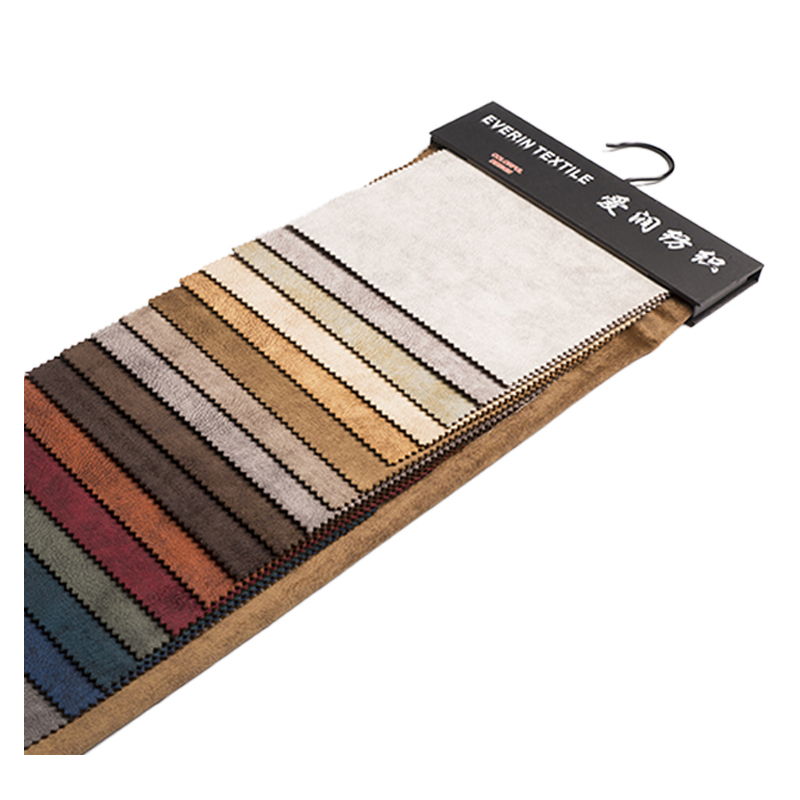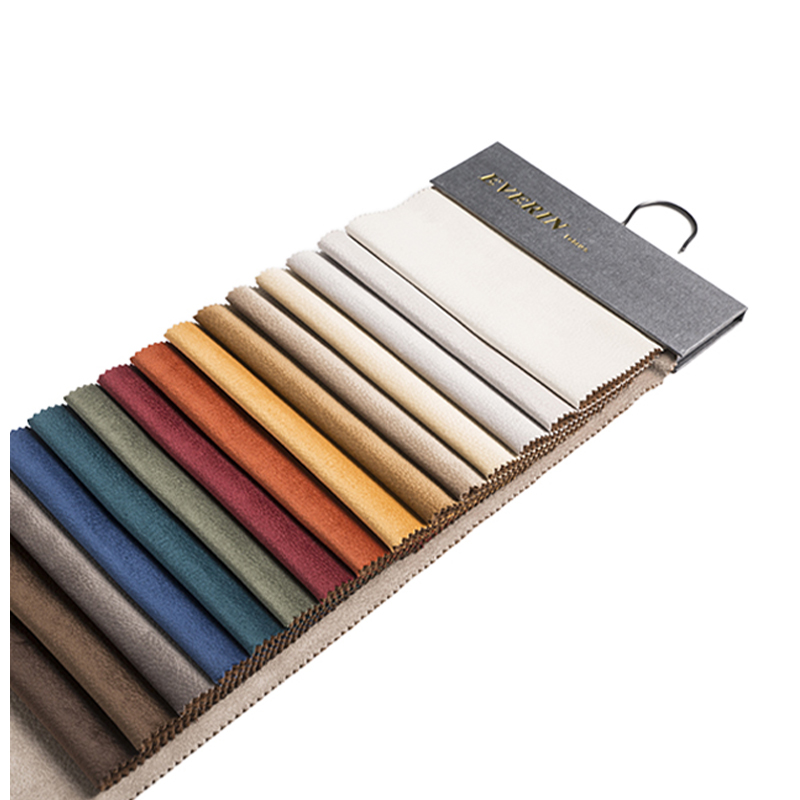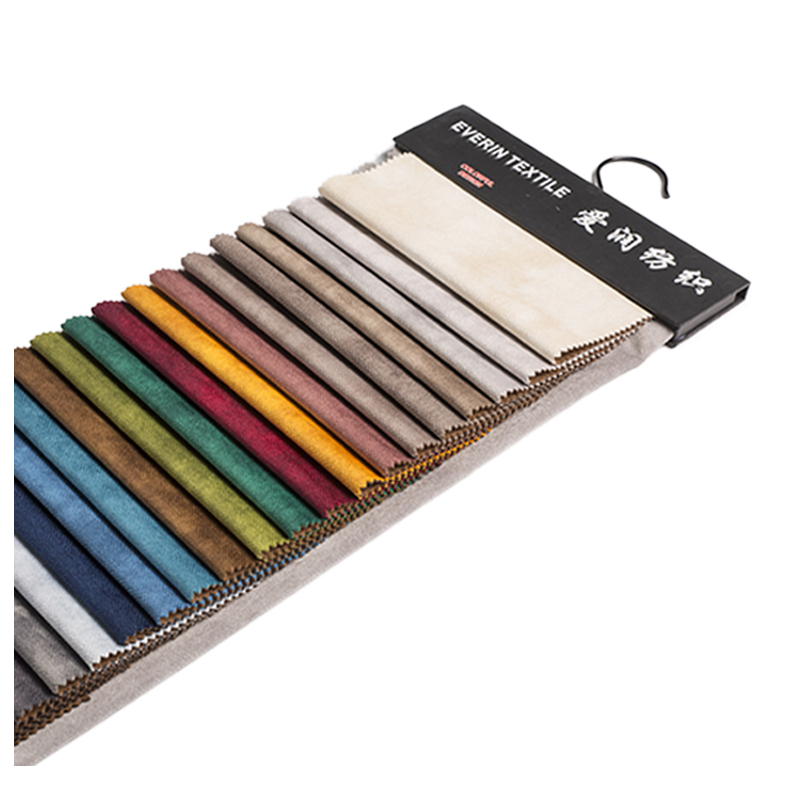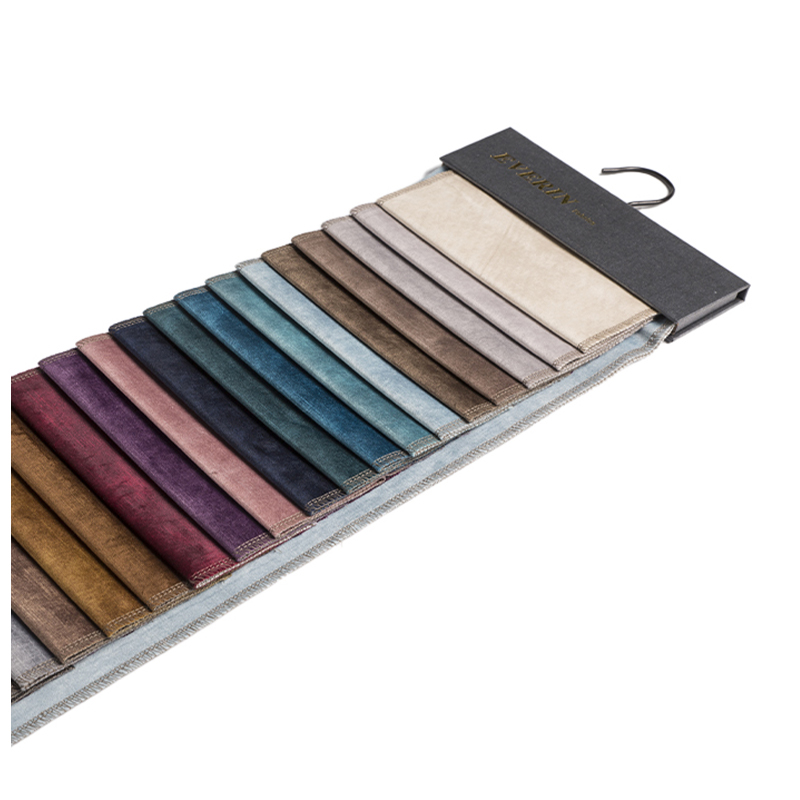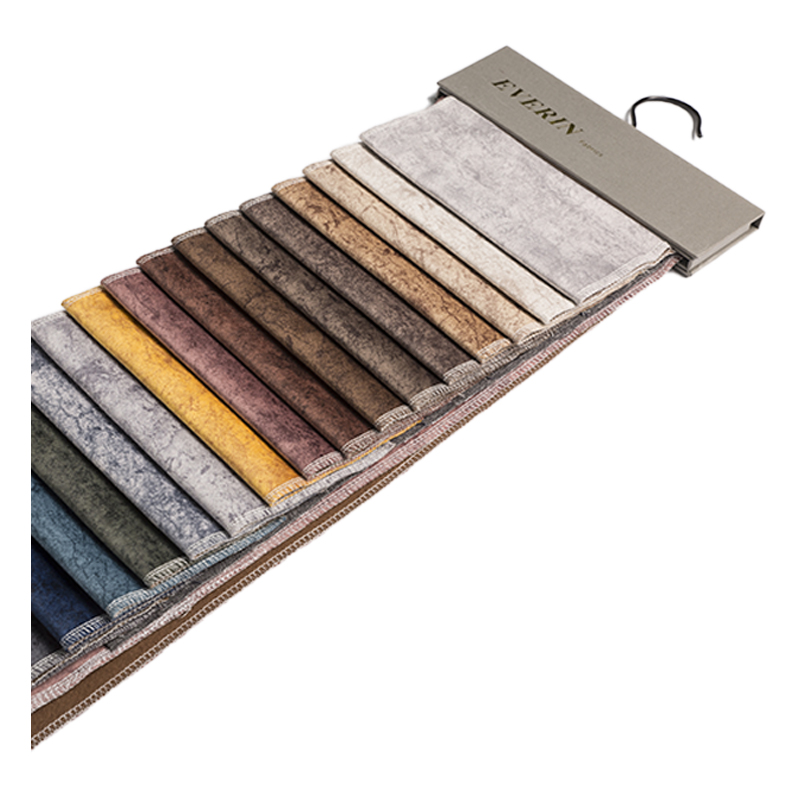Wrap Knitting Fabric is a fascinating textile with a wide range of unique properties and applications. These fabrics are constructed by interlocking loops of yarn in a zigzag pattern along the fabric's length. This unique construction technique imparts the fabric with exceptional characteristics such as high elasticity, resistance to runs, and easy production. However, before attempting to sew any type of project with this fabric, it is important to understand the fabric's structure, care requirements, and environmental considerations.
Unlike weft knit fabrics, which use a continuous thread to form courses and loops in the fabric, warp knit fabrics are formed by using a single yarn that runs horizontally across the width of the fabric. This allows the fabric to be manufactured at a continuous width without any seams or joins, which increases efficiency and reduces the risk of weak points in the fabric.
In addition to the benefits of a continuous fabric, warp knitted fabrics also offer a number of other advantages, including a more refined surface texture and high abrasion resistance. In fact, many of the most popular fabrics in the apparel industry today are warp knitted. These include tricot and raschel, which are known for their durability and strength. Moreover, these fabrics are suitable for a variety of applications, including intimate apparel, sportswear, and mosquito netting.
During the knitting process, the yarn is wrapped around each needle to form a stitch. This wrapping is called an "underlap." The length of the underlap determines the fabric's lateral displacement and strength. A longer underlap creates a more rigid fabric, while a shorter underlap reduces the lateral displacement and increases the fabric's width-wise stability and strength.
The underlap is used to create the first course of stitches in the fabric, and a different underlap is used for each subsequent course of stitches. The underlaps are then linked together to form the final course of stitches. This linking of the underlaps is known as linkage. This links the underlaps and allows them to support each other, which enhances the stability of the fabric and increases its elasticity.
In addition, the underlaps help to control the amount of stretch and elasticity in the fabric. The amount of elasticity in a fabric is determined by the size of the underlap and the amount of linkage. The underlap and linkage can also be modified to change the overall look of the fabric.
Aside from the structural modifications, there are also other ways to modify a warp knitted fabric's appearance. For example, a tricot fabric can be enriched with the addition of nonknitted threads for color, density, or texture effects. Raschels, on the other hand, are typically more open in construction and coarser in texture.
When sewing with warp knitted fabric, it is important to practice on scraps of the fabric before working on a finished garment. This will allow you to become familiar with the fabric's behavior and ensure that your stitches are even and neatly spaced. It is also recommended to use a low heat setting when ironing the fabric to avoid damaging it. Finally, when washing a garment made from this fabric, it is important to wash the garment flat and not hang it up or use a dryer. This will prevent the fabric from stretching and distorting its shape.
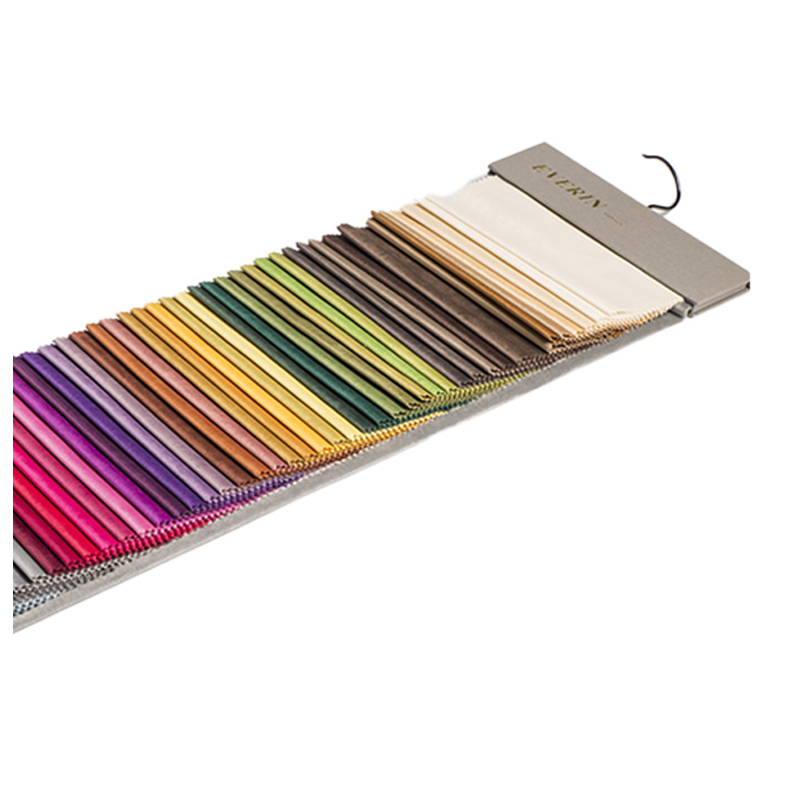
AR560 250gsm Holland Velvet In Plain Color Warp Knitting Fabric

 English
English Español
Español